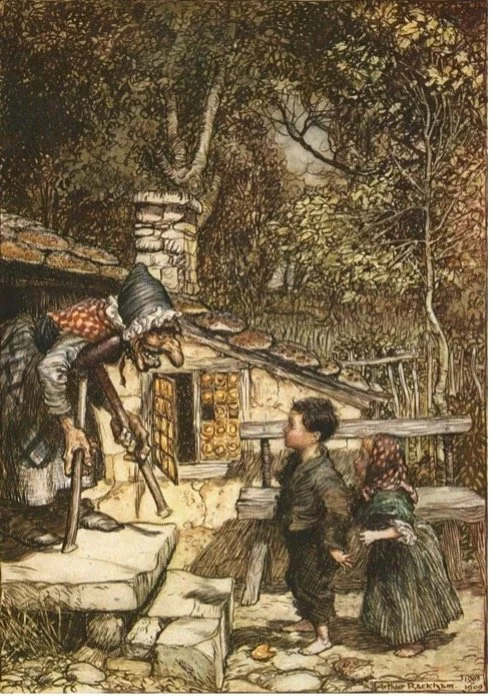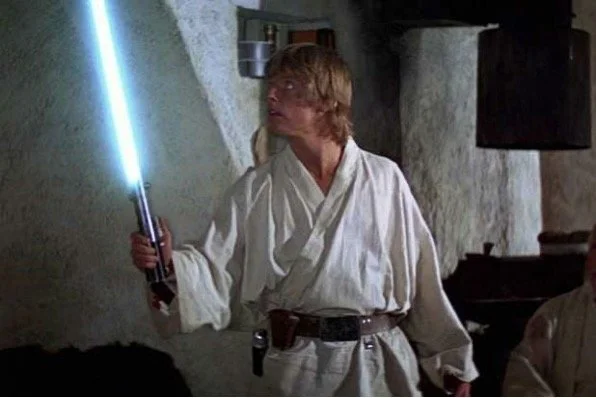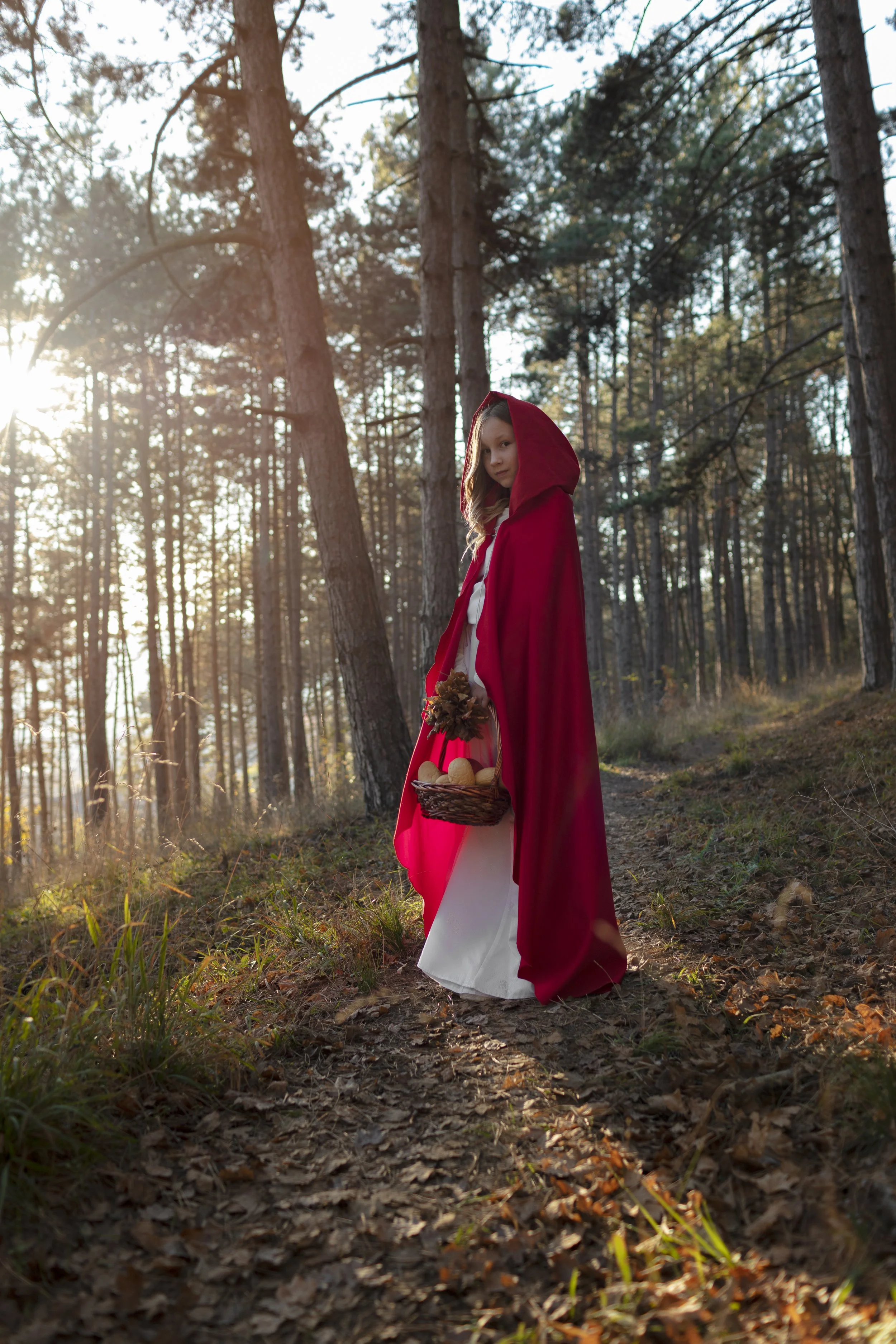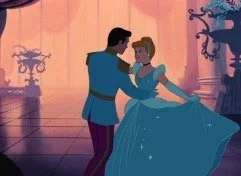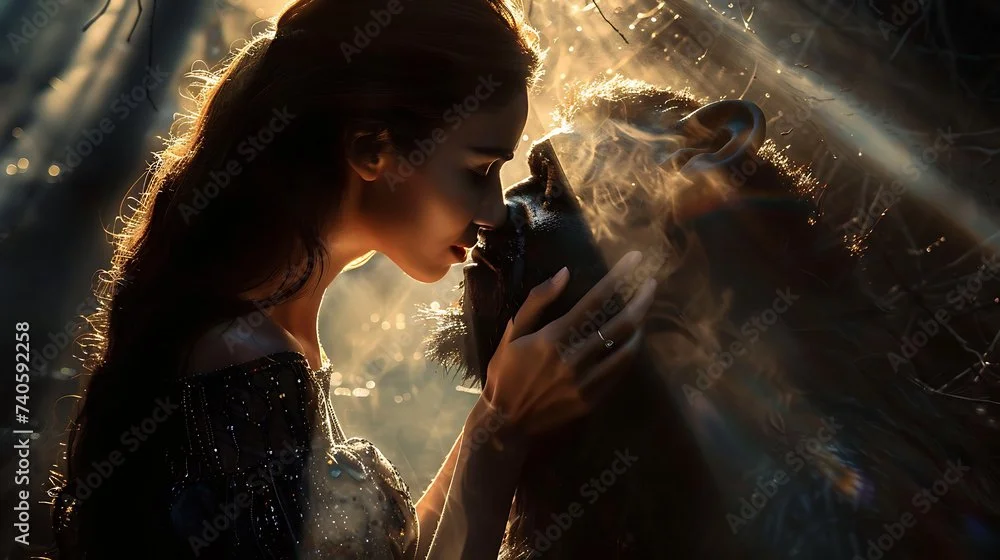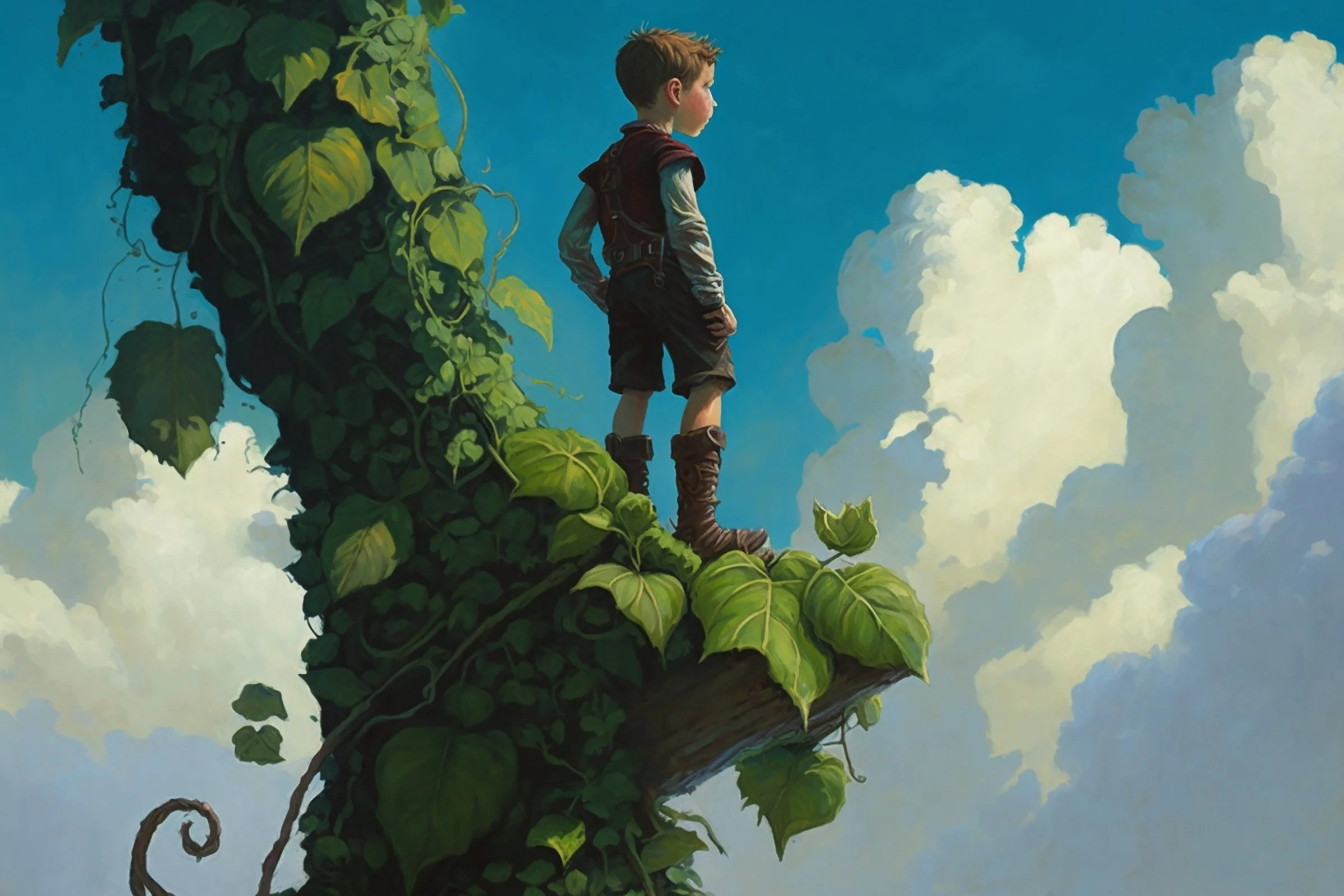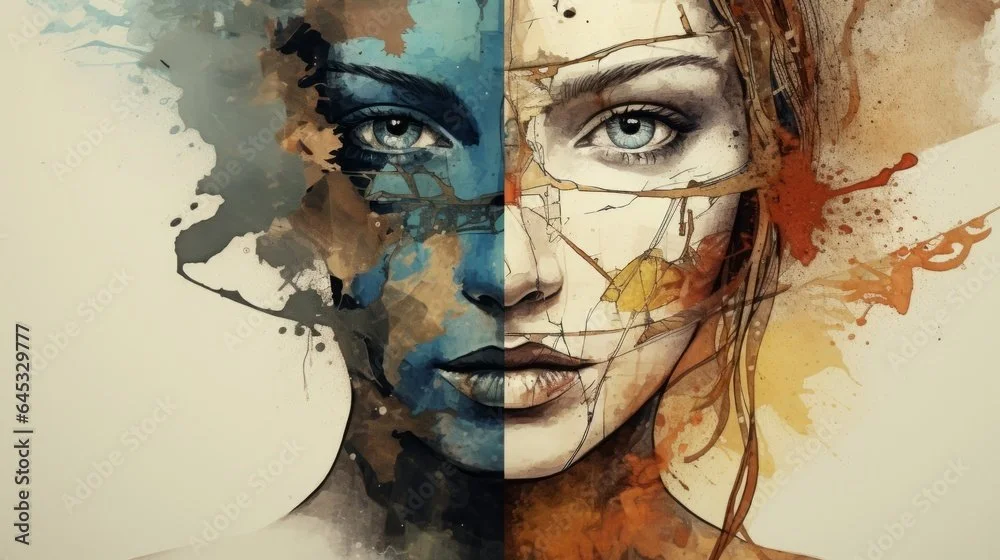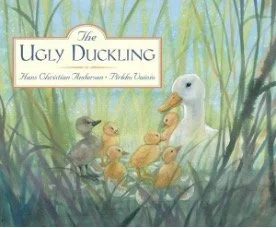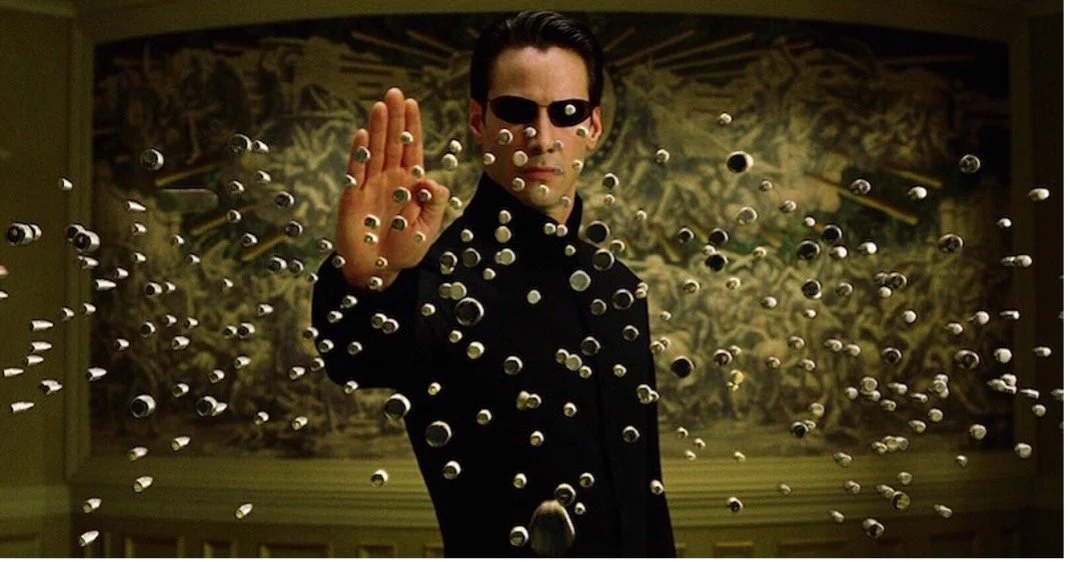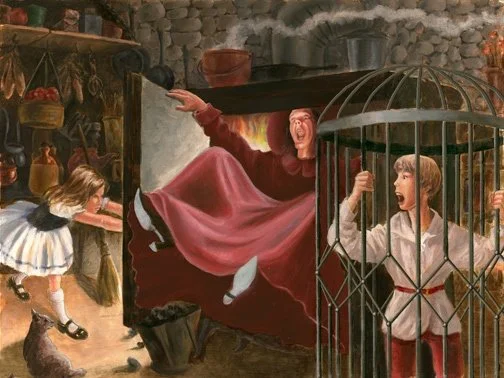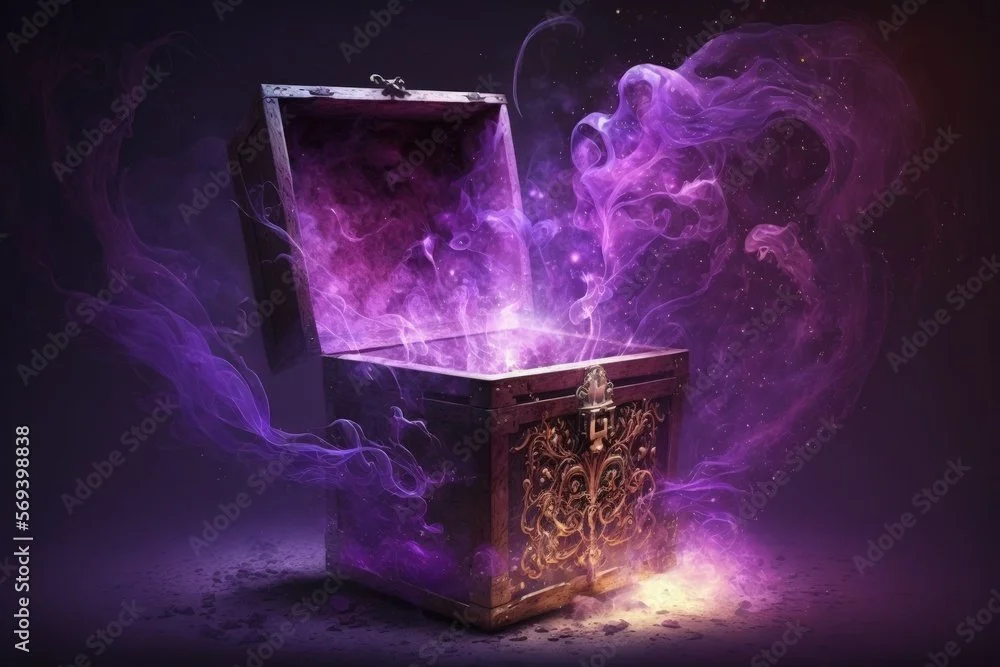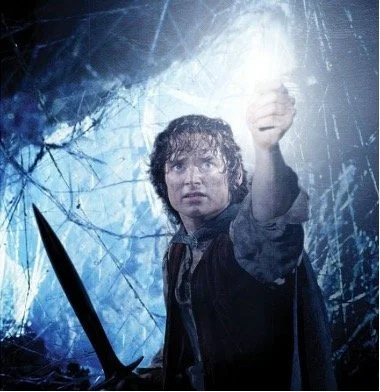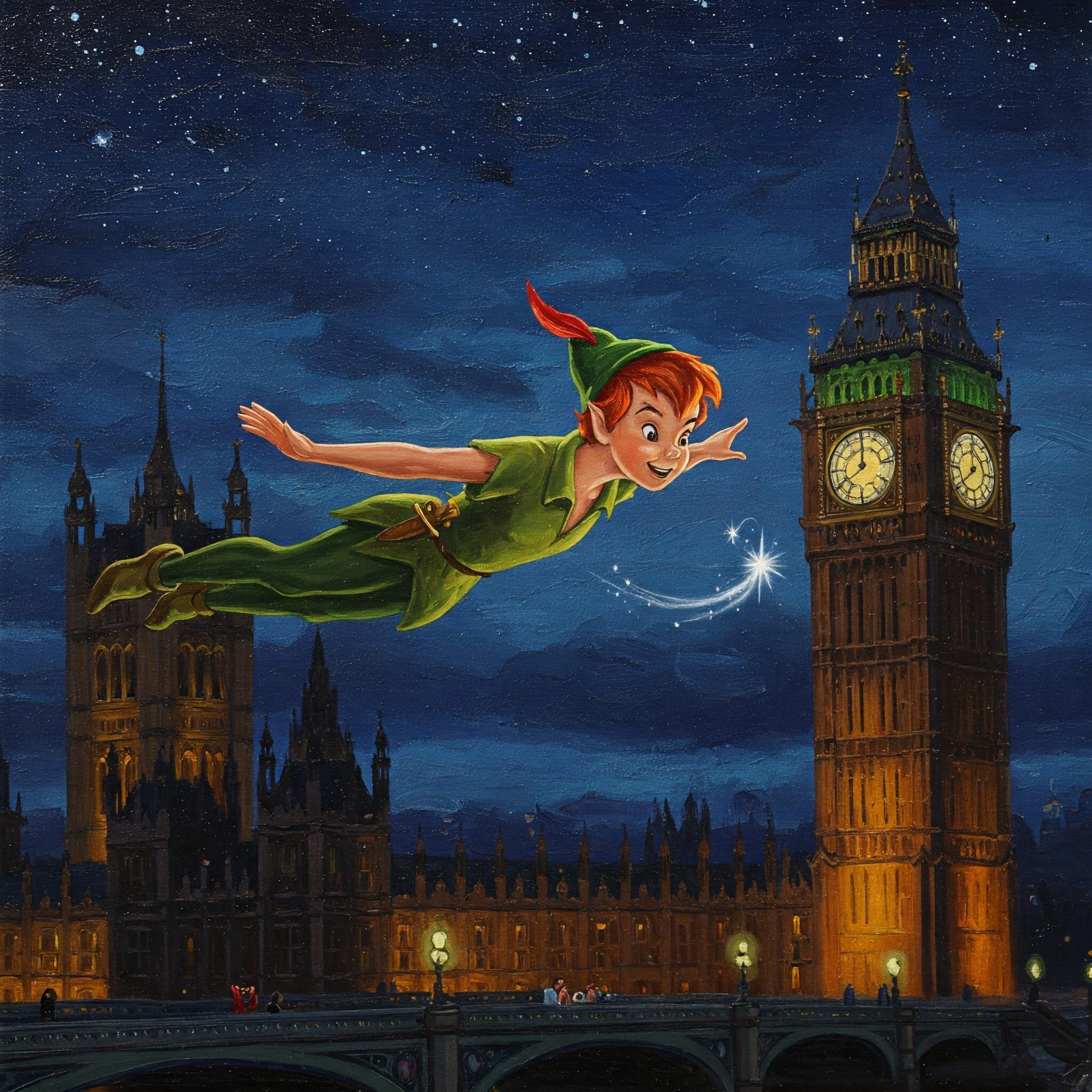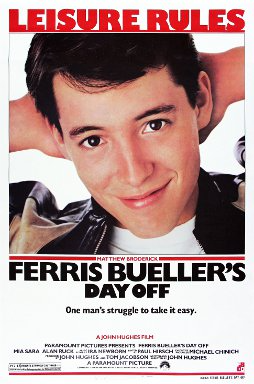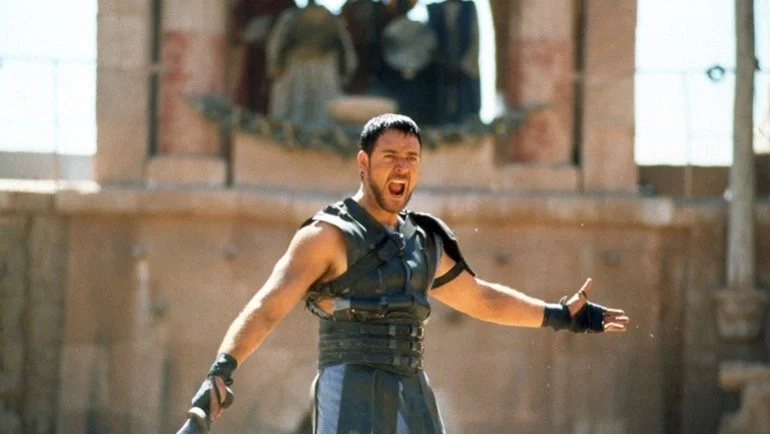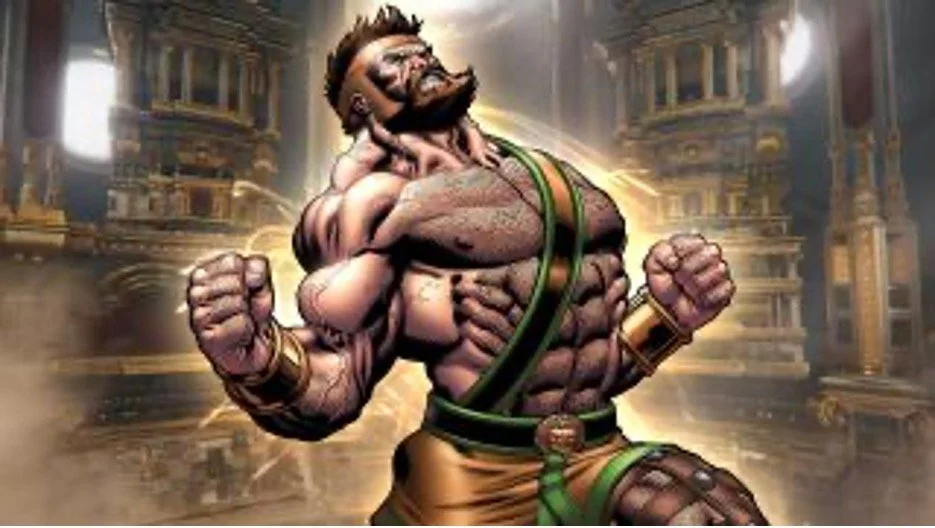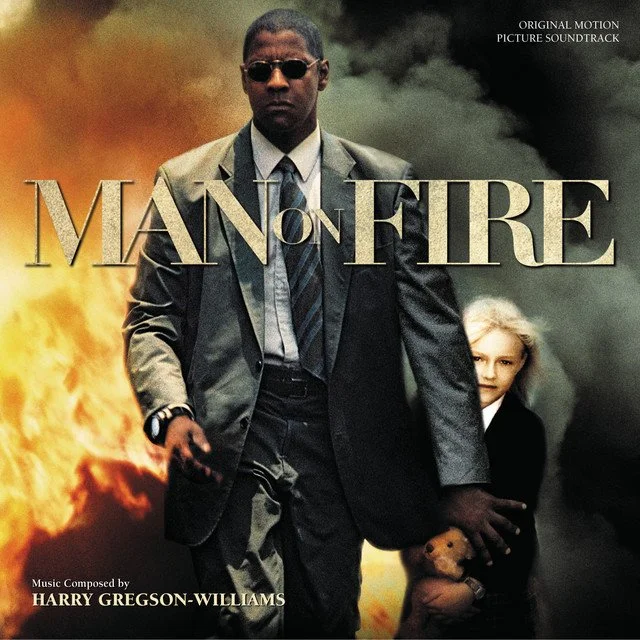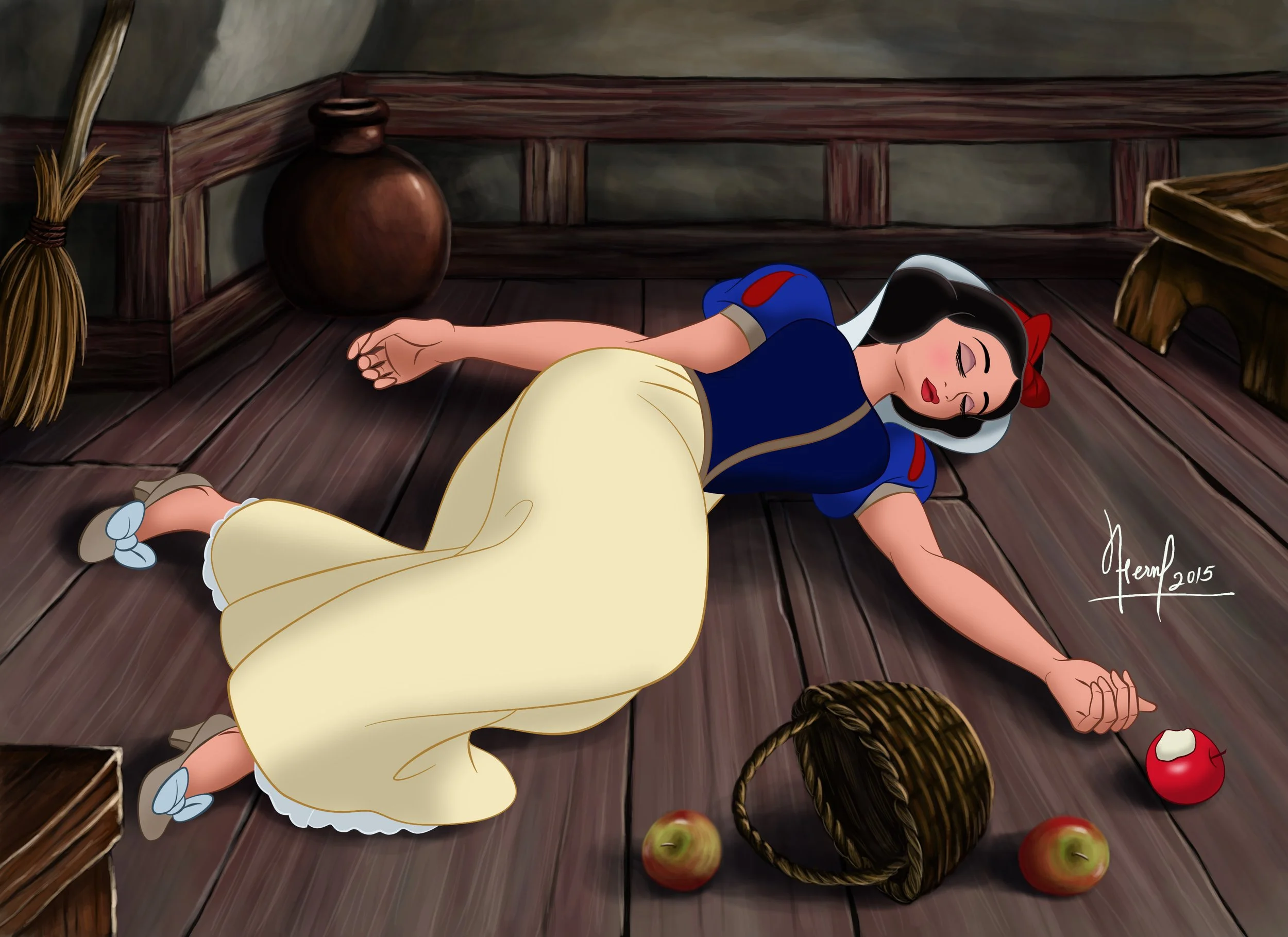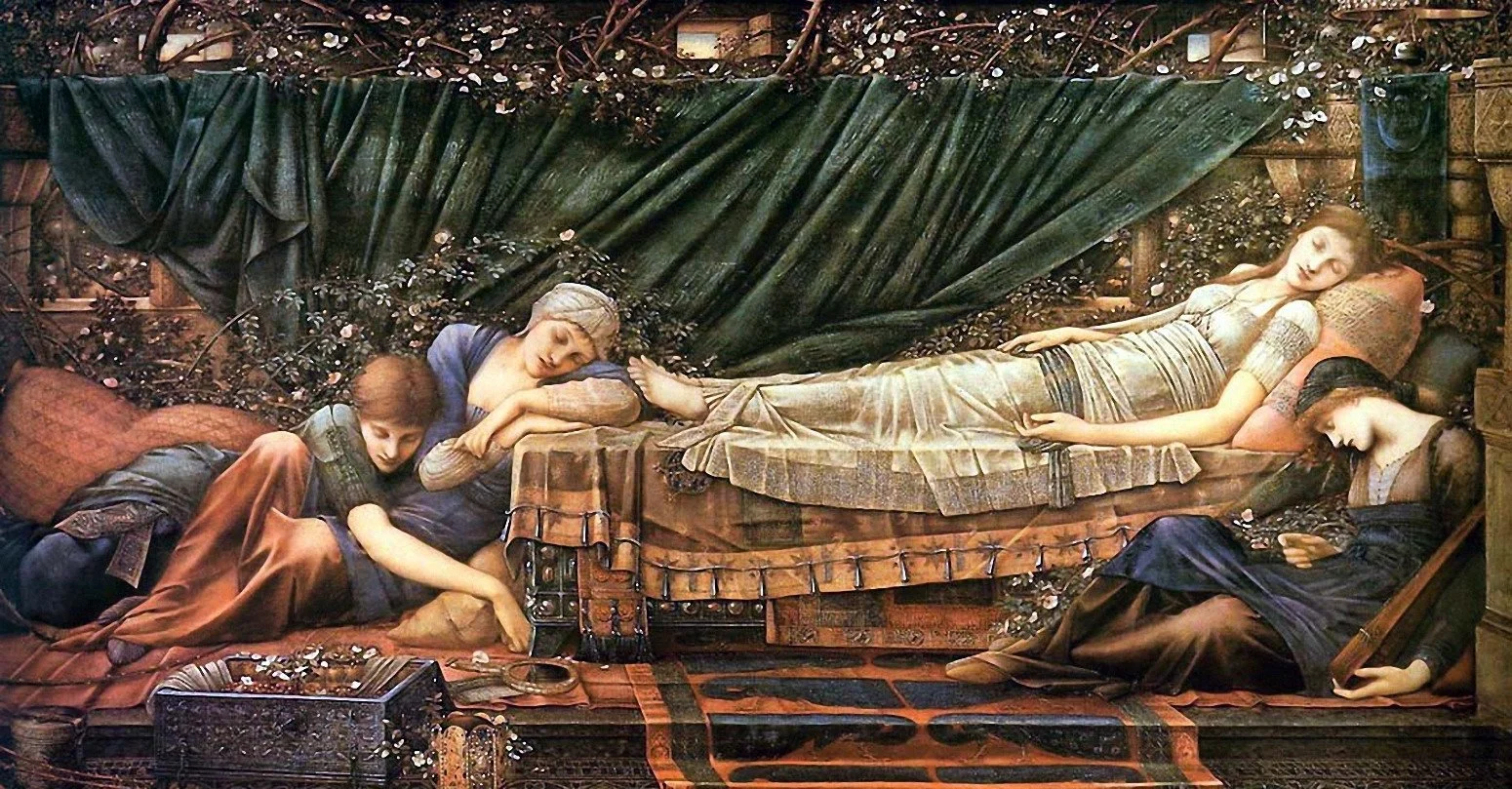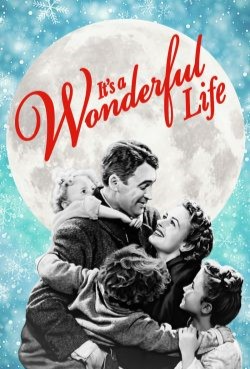
Enneagram Stories
Universal Wisdom
We have been looking at personality and Enneagram types from the perspective of an individual life. Discovering your type, reflecting on your sensitivity to an essential quality and how this helps explain your life story, your gifts and your challenges is helpful in making meaning of your life and empowering because it points to alternative possibilities.
It's also true that we can find every type within ourselves. The Enneagram shows us the nine types as facets of a whole, the outer circle representing this unity. You are particularly connected to the types on either side of yours, known as “wings”, and the types connected to yours by inner lines. But you are also connected to every other type on the circle. You could say all of humanity is represented by the circle.
Taking the perspective of the whole we see that the Enneagram speaks to our collective human experience. The nine types correspond to archetypes that show up in myths, fairytales and stories because they are universal. Stories are a fun way to explore the themes of the types and how they concern us all.
“Myths reconnect us to our true selves. On top of that, these stories make us remember our connection to the collective energy and the deeper soul of the world. They bring us back to our core and connect us to our heart and our innermost essence. By listening, sharing and remembering these old stories, a deep, primal and ancient part of us is activated within us. Whereas facts talk to our mind, stories talk to our heart. We identify with them and realize that we all share a common ground.”
One Stories
Once upon a time…
there was a battle between Good and Evil.
Many fairy tales and stories revolve around this battle. The wicked witch, the big bad wolf, Darth Vader and Voldemort represent forces of evil in the world that must be defeated. Even God has a counterpart in the Devil.
There is universal truth to this problem of evil, and this is the theme of One. We see evil in the world, we can’t explain it, we must fight it. We confront the forces of evil in our stories.
The woodcutter rescues good Little Red Riding Hood, who is bringing a gift to her sick grandmother, from the wicked wolf who (again) wants to eat her.
Hansel and Gretel are abandoned in the forest by their father at the behest of the evil stepmother. They fall into the clutches of a wicked witch who wants to eat them. How truly frightening…
There is truth about the world in these stories - there are bad forces out there that must be overcome. Working through the existence of good and evil and how to cope with this reality is very important for us as humans. Through such stories, children learn that good triumphs and they can face the bad things that happen in life.
Over and over, we see that good will triumph in the end through these stories. We confront the dark forces and see we will survive. Often the forces of good are magical - Luke Skywalker finds “the force” and Harry Potter uses the Elder Wand to kill Voldemort. We learn that something magical and mysterious ultimately protects the good.
In many genres there are the “good guys” and the “bad guys.” Cop stories, westerns, gangsters, villains, outlaws, and so on. A theme of opposing good and bad forces is probably present in almost every story.
Enneagram One heroes who fight evil forces are on a mission with virtues like honesty, integrity and purity. The Knight in Shining Armour who follows a chivalrous Code of Honour appears in many fairytales and stories including the legend of King Arthur which has been reworked countless times (think of the characters King Arthur, Lancelot, Guenevere, Merlin the magician and the land of Camelot).
One stories can also be about ordinary people who follow their conscience or do their duty in normal life circumstances. There may be a temptation such as the opportunity to cheat or benefit by breaking the rules and then the character “does the right thing” despite a personal cost. This can be in any setting, for example many high school movies, such as Mean Girls, feature a character who grows in ethical choices at the cost of not being popular.
Following your own morals, coming to see what’s the right thing to do and doing it despite the cost shows up in any situation that is blatantly wrong. Movies about racism and civil rights like Remember the Titans or Get Out, wartime stories like Band of Brothers, movies about the Holocaust like Schindler’s List, all involve confronting evil or what’s wrong with society. Moral growth, sacrifice, doing one’s duty and taking responsibility are all One themes.
Captain America is a One character- noble, chivalrous and idealistic. He believes in doing the right thing above all. His scientist creator Abraham Erskine told Steve Rogers before allowing him to undergo his transformation into a super soldier that whatever happens he must promise one thing: “That you will stay who you are. Not a perfect soldier, but a good man.” Captain America is strong, speedy and heals faster than normal because of the super soldier serum, but he is without superpowers. As a character Captain America relies on his purity of character. He has been popular since 1940 when he first appeared and thousands of comics, books and movies have featured him.
We all have both good and bad inside - we all must manage these forces within ourselves- and we all must struggle with the reality of evil in the world. This is the universal story of One, and the One in all of us.

Two Stories
Once upon a time….
we found true love.
Many fairy tales and stories are about finding true love - perhaps love is the most universal theme of all. Often there are pitfalls, confusions and great sacrifices necessary before true love is found. Love can even cause death - Romeo and Juliet for example, the “star-crossed lovers.”
Many Twos resonate with the story of Cinderella. Perhaps it is because Cinderella is so kind and selfless, and she is badly mistreated but remains cheerful. Cinderella’s rescue depends on her true worth being seen despite her lowly appearance - Prince Charming insists that she be given a chance to try on the glass slipper and it fits. There is also a magical aide in the Fairy Godmother - Cinderella makes a wish, and her circumstances change. In the Disney version, she sings “A Wish is a Dream Your Heart Makes.” Cinderella seems passive but she is rewarded for her kind heart.
Beauty and the Beast is another story of love and kindness. There are many versions of the original tale, but Disney has become the most well known. Recall that at the beginning of the story the Prince turns away the Beggar Woman who appears at his door asking for shelter in exchange for a rose. The Prince, who has everything his heart desires, is spoiled and selfish. He sneers at the gift of the rose and rejects the haggard old woman. She warns him “not to be deceived by appearances for beauty is found within” and she is then revealed to be a beautiful Enchantress.
Because she sees there is no love in his heart, the Enchantress transforms the Prince into the Beast and places a powerful spell on him and the whole castle. The rose would bloom for many years, but if he did not learn to love another and earn another’s love before the last petal fell, he would remain a Beast forever.
The Beast does earn the love of Beauty, who loves him for his kind heart despite his monstrous appearance. The Beast selflessly allows Beauty to leave the castle to visit her father knowing the rose will die and he will be cursed forever. Beauty selflessly returns and falls in love with the Beast who is transformed back into the handsome Prince. Again, we see that self-sacrifice is the sign of true love and the heart is more important than appearances, both universal Two themes.
In more current terms, our culture is full of romantic stories - you can find an unlimited supply in books and movies. Do you remember this scene from Sleepless In Seattle where the female characters cry watching An Affair To Remember? Stories about finding the perfect person, overcoming impediments, and ending happily in true love are what we like to watch when we put our feet up - even if it makes us cry.
Almost all stories are love stories in one way or another - love for a child, a dog, a horse, a place and so on - some relationship usually motivates the action.
Love stories speak to the Two in all of us, the part of us that is our heart, that knows that “love makes the world go round.” This is the universal story of Two, and the Two in all of us.
Three Stories
Once upon a time….
we set out to seek our fortune.
Three stories can also concern finding out what is truly precious. In the Greek myth, King Midas is granted his wish that everything he touches will turn to gold. At first, he is delighted as his furniture turns to gold, but then his food and drink become gold and he chokes. He hugs his daughter and turns her into a statue of gold. Midas is granted his wish to reverse the spell and thereafter is a good and generous King, sharing all his resources with his people.
Many fairy tales and stories explore seeking one’s fortune, searching for hidden treasure, finding the pot of gold, going from “rags to riches” and having to prove one’s worth to be awarded a prize, such as the Princess’s hand in marriage. Some of these stories feature magical assistance but there is an aspect of the character’s ambition and effort that initiates the process of finding success.
The story of The Three Little Pigs stresses the value of industriousness and hard work. The third pig, who builds his house out of brick, survives because the wolf is unable to “blow his house down.”
In type Three stories, the “get up and go” or resourcefulness of the character leads to success.
In Jack and The Beanstalk, Jack is sent off by his mother to sell the family cow because they are in dire poverty. Jack meets a man on the road and trades the cow for five magic beans, much to his mother’s dismay. Jack seems like a fool, but the beans really are magic and grow overnight into a tall beanstalk that reaches into the sky. Climbing up, Jack encounters the giant, outwits him, and recovers a bag of gold, a goose that lays golden eggs and a golden harp. In the end, Jack kills the giant who is chasing him by chopping down the beanstalk. His family prospers ever after. Jack is a boy who makes the best of his opportunities. The beanstalk is a symbol of rapid social climbing. The “rags to riches” story is about the issue of poverty, the family is starving and forced to sell their cow, and how wealth can be obtained- a bit by magic but also by Jack’s effort of literally climbing upwards and making the most of his wits.
In Rumpelstiltskin, a miller foolishly tells the King his daughter can spin straw into gold. The king imprisons the daughter and leaves her night after night with a pile of straw to spin into gold under pain of death. A strange gnomelike creature, Rumpelstiltskin turns up and does the spinning for her but for a price – first her necklace, then her ring and then on the third night when she has nothing left to give, he extracts a promise that she will give him her firstborn child. When the day comes that she has a child, the girl begs Rumpelstiltskin to release her from her promise. Rumpelstiltskin agrees if she can discover his name within three days. The girl overhears his name when Rumpelstiltskin is gloating over his good fortune and says it out loud, so in the end she saves her child. We discover that what is truly precious is not gold but the child.
The universal themes of what is truly valuable and how to succeed in life speak to the Three in all of us, the part of us that must set out in the world to seek our fortune including discovering what is truly precious.
Four Stories
Once upon a time….
we found our true identity.
Many fairy tales and stories are about discovering one’s true identity. Themes such as mistaken identities, characters switched at birth, being born an orphan, left on a doorstep and similar devices, are all set-ups that reveal the significance of knowing where you belong and who you truly are. Only when you find where you belong and who you are can you live your life as destined. Classics like The Prince and the Pauper by Mark Twain are examples of this theme- characters from opposite origins, rich and poor, trading places with all sorts of difficulties until each is restored to their true role.
The Ugly Duckling is a classic Hans Christian Anderson fairy tale with this theme. Born in a duck’s nest the ugly duckling does not match his siblings, he is called ugly and cruelly rejected. He travels through several places and meets more characters who reject and abuse him. Very sad and alone he is prepared to die when he finally meets some swans who embrace him. Seeing his reflection in the water he realizes he has grown into a beautiful swan. Born a swan in a duck’s nest, called ugly for being different, the ugly duckling can’t be happy, or even survive, until he finds where he belongs- only then does he see that he is beautiful.
Up where they walk, up where they run
Up where they stay all day in the sun
Wanderin' free, wish I could be
Part of that world
In another Hans Christian Anderson story, The Princess and the Pea, the prince wants to marry a “true princess” but cannot find one anywhere in the land. During a storm a wet bedraggled girl arrives at the door of the castle and says she is a princess. To test her identity the mother gives her a bed with twenty mattresses and twenty eiderdowns to sleep on and places a small pea underneath. In the morning the girl says she could not sleep a wink and is black and blue from lying on something hard. The mother knows from her extreme sensitivity that she is a real princess and the prince marries her.
Hans Christian Anderson also wrote The Little Mermaid, the original fairy tale the Disney movie is based on. The story of a mermaid who longs to be human, who does not belong in the underwater world she was born into, who bargains her voice for legs, being mute then restoring her beautiful voice, illustrates Four themes about identity. Also, the strong fantasy, dreaming and wishing aspect to the story is a Four feeling. Perhaps Hans Christian Anderson was a Four- he was homosexual in an age when the love he had for a man could not be lived out and this is said to be the meaning behind the story of The Little Mermaid- identity and impossible love.
The universal theme of finding our true identity speaks to the Four in all of us, the part of us that wants to discover our uniqueness, our beauty, our sensitivity, who we really are and where we belong.
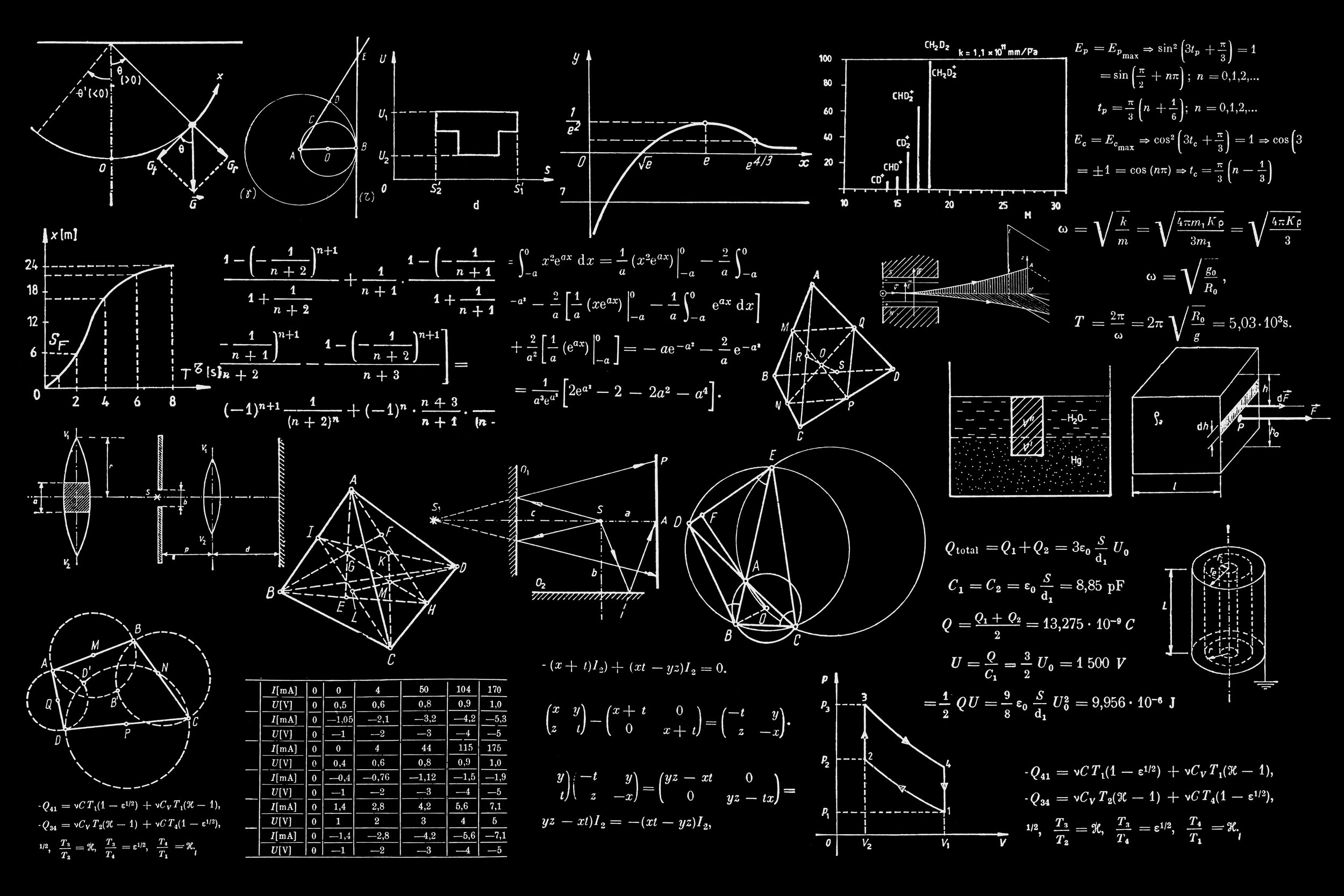
Five Stories
Once upon a time….
we used our heads and were smart.
Five fairy tales and stories involve using our wits, outsmarting the bad guy, being clever as opposed to the fool or simpleton.
In Hansel and Gretel, for example, the children survive through their quick thinking. When the father takes the children into the forest to lose them, Hansel drops pebbles to leave a trail and they find their way home. The second time they are abandoned in the woods, he again leaves a trail but he only has breadcrumbs which the birds eat. When they are captured by the witch and Hansel is being fattened up in a cage, he holds out a bone every time the witch feels his finger to see if he is fat enough to eat. Then when the witch tells Gretel to put bread in the oven, Gretel says she can’t get manage the oven door and when the witch goes to show her how, Gretel shoves her into the oven and kills her. These are all ways in which the children survive by outsmarting both the parents and the wicked witch. You can look at many fairy tales to find the ways in which survival depends on using your wits.
Intelligence is often contrasted with foolishness. In The Emperor’s New Clothes by Hans Christian Anderson, every character is a fool, claiming to be admiring the non-existent clothing for fear of being thought unfit for their office. Only the child thinks for himself and states the obvious- the Emperor isn’t wearing anything.
Yet many classic stories warn us that that human (female) curiosity and knowledge is the source of all our woes. Curiosity killed the cat.
In the Garden of Eden, it is the Tree of Knowledge from which Adam and Eve are forbidden to eat - the knowledge of good and evil. For humans to pursue knowledge that is beyond them, beyond their place in creation, is the original sin. In Greek mythology, Pandora, being curious, opened the Box she had been warned not to open:
Pandora opened a jar left in her care containing sickness, death and many other unspecified evils which were then released into the world. Though she hastened to close the container, only one thing was left behind – usually translated as Hope…
Detective stories and stories that involve solving a mystery or breaking a code, for example, are Five stories. Sherlock Holmes is surely a Five. The Imitation Game about solving the Enigma Code in World War Two, and the Da Vinci Code are examples of thinking movies. Here we see the value of brains and human thinking.
Science fiction books and movies are Five stories. Science fiction is not fantasy or magical- there must be some element of scientific development that is the premise for the story, even if it is far-fetched. Common examples are time travel, aliens, space travel, parallel universes and super intelligent computers and robots. These are Five type thoughts.
The idea behind The Matrix is apparently based on the mind-boggling but real scientific theory that we might be living in a simulation.
Stories like Frankenstein and Dracula are based on the dangers of humans experimenting with creating life, the “mad scientist” trope. Stories about playing with dangerous forces such as nuclear energy and technology are similarly warning us about the misuse of science. For example, 2001: A Space Odyssey by Stanley Kubrick seems to be way ahead of its time given the fears about Artificial Intelligence we are now living with, as it ends with the computer Hal taking over the spaceship.
The universal theme of human intelligence, it’s power and excesses, speaks to the Five in all of us, the part that must learn how the world works and survive by our wits.
Six Stories
Once upon a time….
we ventured forth despite our fears.
Six fairy tales and stories involve bravery, overcoming dangers, facing fears and being a Hero.
Some stories focus on the exaggerated foolish fear of Six. For example, in the traditional story of Chicken Little, the chicken feels something fall on his head and concludes “the sky is falling”. He runs off to warn the king and along the way he meets Ducky Lucky, Henny Penny, Goosey Loosey, and Turkey Lurkey. Each time the new character asks “How do you know?” and each one answers because the one before them told me. One by one they join Chicken Little in the race to warn the king that the sky is falling. When they meet Foxy Loxy however, he invites them all inside no doubt to eat them- the foolish fowl.
But more inspiring and classic Six stories involve the Hero who faces down fear and danger. The Hero’s Journey is an archetypal story, also called the monomyth, that features as the basis of many books and movies, Star Wars and Lord of the Rings being major examples. Many resources about the Hero’s Journey are available online, particularly the work of Joseph Campbell.
The Six aspect of the myth begins with the Hero being just an ordinary character, even a child, who is chosen to complete a task- Frodo, Luke Skywalker, Harry Potter. The Hero is called and yet is reluctant- at first the Hero hesitates or refuses the task. The terrible trials of the journey must be faced by this small person- aids appear and so on, but the story wouldn’t be the same if a strong superpower character began the journey. What is so powerful yet poignant is that it is little Frodo who must take the journey. The Six in us relates- we are afraid, we doubt, we do not have special powers- but we must undergo the journey. The true courage of the Hero is preceded by hesitancy and fear.
The famous story of the Little Dutch Boy originally appeared as a chapter in the book Hans Brinker and the Silver Skates. The little boy Hans discovers a small leak in the dike that holds the water back from flooding his town and he puts his finger in to stop the water. His brother runs for help. Hans waits through the night with his arm freezing and aching and the water threatening to break through. He is scared and thinks of giving up but hangs on with determination until the townspeople arrive. He is hailed as a hero. It is worth reading the story online but here is an excerpt:
Hans started to pull out his finger; he was so frightened that he felt as if he must run for ever. But that minute he remembered how much depended on him; if he pulled out his finger, the water would surely make the hole bigger, and at last break down the dike, and the sea would come in on all the land and houses. He set his teeth, and stuck his finger tighter than ever.
“You shall not come through!” he whispered, “I will not run!
This is a Six story- noticing the danger of the leak, taking the necessary action and persisting bravely despite fear and darkness.
The universal theme of confronting our fears, being thrust into danger and finding courage, speaks to the Six in all of us, the part that must be up to scary challenges.

Seven Stories
Once upon a time….
we found happiness.
Many fairy tales and stories revolve around the excitement of fun and adventure.
Stories with a light-hearted, fun approach are the ones that have a Seven flavour- the comedies not the tragedies. You could say most fairy tales are in part Seven stories because they have a happy ending- “they lived happily ever after”. Stories that are adventures, tales of travel and exploring, road movies, buddy movies are all Seven genres. Difficult circumstances can exist but they are faced by a plucky, upbeat character.
Goldilocks seems to be a Seven story as she goes deep into the woods on her own happily, goes into the three bears house, tries their porridge, sits in their chairs, even breaking one, and sleeps in their beds without any frightening consequences. Goldilocks is happy as she finds the thing that “is just right” and although she runs home the bears are not really frightening. This famous fairy tale is very popular and pleasing in the repetition of groups of three - “too big” “too small” “just right” and it proves we love a light hearted story.
Based on a comic from the depression era, Annie is a Seven story about an orphan who gets lucky when rich Daddy Warbucks adopts her. The story involves a lot of difficult circumstances- orphans, mean Miss Hannigan, crooked fraudsters, kidnapping- but it is all portrayed in an upbeat and optimistic way. It’s not abuse, it’s a song and dance about the hard knock life. We know “the sun’ll come out tomorrow”.
“Would you like an adventure now, or would like to have your tea first?”
Ferris Bueller rules as a Seven- skipping school and having a wild and fun day, including joining a parade and getting the crowd singing Twist and Shout. Tom Cruise, likely a Seven, plays a similar character in many plots- the naughty, fun, irresponsible bad boy who is having a good time.
Peter Pan is a Seven story because it is about a boy who never grows up and who has adventure after adventure. There is the contrasting theme of Wendy and everyone else who must grow up and become responsible adults, but Peter represents the fun and magic of childhood and the wish that it would never end. Peter flies by a combination of fairy dust and thinking happy thoughts.
We need happy stories, laughs and fun, and adventures that are exciting. Santa Claus may be the greatest fairy tale of all- we teach our children about a fat man in a red suit who comes down the chimney and gives presents and it’s pure joy.
The universal theme of finding happiness, fun and adventure, speaks to the Seven in all of us, the part that feels the joy of being alive.
Eight Stories
Once upon a time….
we were powerful.
Eight stories are about the hero who triumphs through feats of strength or has superpowers.
When we looked at the hero’s journey under type 6, we saw the classic development of the hero who begins with doubts and is often a frightened, ordinary, or even small figure like Frodo. In contrast, Eight heroes are strong and mighty and they triumph through their power.
Hercules in mythology was so strong he was able to perform the twelve incredibly difficult labours set for him by Zeus. The Hercules myth tells of a mortal:
“so strong and courageous, whose deeds were so mighty, and who so endured all the hardships that were given to him, that when he died, Hercules was brought up to Mount Olympus to live with the gods. ”
It would be easy to name many modern superheroes- we are all familiar with the character with superhuman powers who fights crime, protects the public or saves the day. They usually have a backstory that explains the source of their superpowers and often have a double identity as an ordinary human or wear a disguise or costume that conceals their identity. They are often opposed by a villain. Superman is probably the best-known superhero.
We are so drawn to the fantasy of a superhero who swoops into the rescue that they have multiplied into a long list, at some point also including women like Cat Woman and Wonder Woman.
We also love stories of strength in human characters like Rocky. There are an untold number of stories and movies about fights, wars and battles where great strength is the main quality of the “action hero”. They may be forced to fight, reluctant even, but they are warriors, and they win through their strength. Gladiator is a classic.
Underdog stories like Rocky and The Gladiator show the strong character building their strength. This lets us identify even more with their triumph. Remember the theme song from Rocky was “Getting Strong Now”.
Action heroes have also expanded more recently to include women and Blacks. The movie Black Panther featured a hero who is both a King and a powerful warrior. The movie was a sensation described by one historian as "a powerful fictional analogy for real-life struggles" that taps into a "500-year history of African-descended people imagining freedom, land and national autonomy." More recently, Viola Davis was thrilling in The Woman King a movie about the all-female warrior unit that protected the West African kingdom of Dahomey during the 17th to 19th centuries. This tells us that we find these stories empowering and want to be represented in them.
Why are these stories so exciting and why are there so many superhero movies? Of course, it is escapism, money-making, technological improvements and so on- but we love these stories because they are empowering. And we feel relieved or hopeful when we see that justice will prevail, the fight will be won by the hero. The Eight is the Challenger fighting for justice who will protect us.
Denzel Washington- an Eight portraying an Eight- “A Promise To Protect. A Vow To Avenge.”
The universal theme of finding great strength and power speaks to the Eight in all of us, the part we need to protect ourselves and champion justice.
Nine Stories
Sometimes the conflict itself is the main story and the Nine theme concerns the way the conflict is handled. For example, a hostage situation involving a negotiation where the main character is the Nine who tries to stop the violence from escalating and is usually dealing with hotheads like police who want to storm the building. Inside Man or Captain Phillips are recent movies featuring hostage negotiations.
Once upon a time….
we found peace.
Nine fairytales and stories are about the resolution of conflict and the happy ending that comes with the restoration of peace and harmony.
Nine stories can also be about “falling asleep” which is a strange phenomenon in fairytales that has a psychological and spiritual meaning. This is a good place to end since we began by talking about the “fall” into personality and the universal journey to wake up and remember our true identity.
Sleeping Beauty is the most famous fairy tale about going to sleep for a long time. At her birth celebration, Sleeping Beauty is cursed by the evil fairy to prick her finger on a spindle and die on her 16th birthday. The twelfth fairy changes the curse from death to a long sleep. The King removes all spindles from the castle and tries to protect Sleeping Beauty from ever encountering one. But on her 16th birthday she enters a forbidden room, finds a spindle, pricks her finger as she is cursed to do and falls asleep for 100 years. The whole castle also falls asleep:
And this sleep fell upon the whole castle; the king and queen, who had returned and were in the great hall, fell fast asleep, and with them the whole court. The horses in their stalls, the dogs in the yard, the pigeons on the roof, the flies on the wall, the very fire that flickered on the hearth, became still, and slept like the rest; and the meat on the spit ceased roasting, and the cook, who was going to pull the scullion's hair for some mistake he had made, let him go, and went to sleep. And the wind ceased, and not a leaf fell from the trees about the castle. Then round about that place there grew a hedge of thorns thicker every year, until at last the whole castle was hidden from view, and nothing of it could be seen but the vane on the roof.
Snow White also falls into a long, death-like sleep when she eats the poisoned apple given to her by the wicked stepmother. This story is also interpreted as a journey of the psyche as, again, she wakes up when the Prince comes and kisses her.
So, we can consider this Nine theme of falling into a long sleep from a spiritual perspective and understand that waking up is part of a journey of growth and transition.
This strange sleep that overcomes them all allows a process in Sleeping Beauty’s development. By breaking her father’s rule, she enters a transition to adulthood- she falls asleep a young girl and wakes up a woman. The curse and the long sleep symbolize a psychological passage that can’t be avoided. The Prince, who wakes Sleeping Beauty with a kiss, has been interpreted as the masculine aspect of herself that Sleeping Beauty needs to integrate to wake up.
The Yoda like sage who quietly, patiently and wisely teaches others is a Nine character. Like Mr. Miyagi in Karate Kid, this character may fight when necessary and be secretly strong, but violence is forced upon his peaceful nature. Dumbledore in Harry Potter is an example of a Nine character who is powerful but with a quiet, calm and mysterious energy. Even violent heroes often give off a quiet, calm energy like Clint Eastwood.
Movies and stories about war, fighting, feuds, split-ups and so on, still must reach some sort of reconciliation or resolution, so they usually end with a Nine theme. Even the hero’s death restores a kind of peace when it is portrayed as a resolution of conflict and rejoining loved ones in heaven. The peaceful ending we long for happens one way or another.
Nine stories can be about unassuming characters who do something important. The famous Christmas movie It’s A Wonderful Life starring Jimmy Stewart is a Nine story as the suicidal “nobody” George Bailey comes to see the value of what he has done in his simple life, even though he gave up his dreams of travel and never left his hometown of Bedford Falls. George feels as if he might as well never have been born until he’s shown how his actions have had a positive impact on many people. He learns that his ordinary life is wonderful.
Chill, cool characters might be stoners like The Big Lebowski or just super relaxed and easy going. Ted Lasso might be a Nine with his goofy vibe and the way he specializes in solving conflicts and problems with patience, positivity and good will. Actors like Chris O’Dowd in Bridesmaids also specialize in portraying the low-key, inoffensive but charming character who gets what they want in the end with minimal conflict.
This is the Nine, and the Nine in all of us, the part of us that wants to awaken and find peace.



